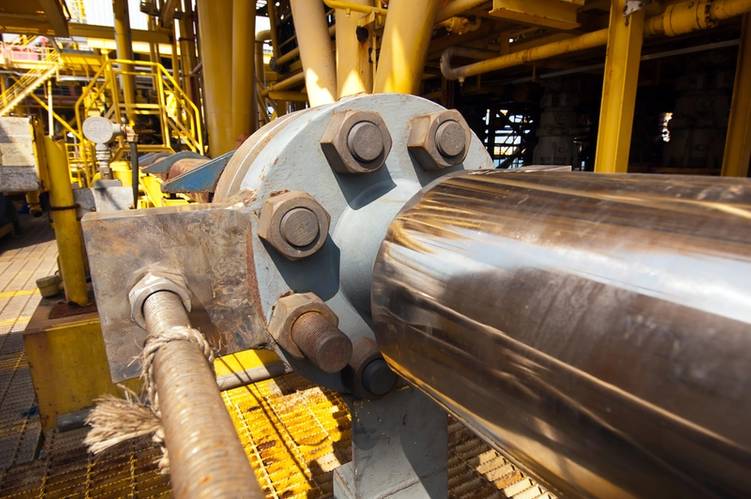On rigs and offshore vessels, the safety of crew and passengers is a top priority in the energy industry. However, with the particularly hazardous environments of remote offshore worksites, accidents can happen, and it’s up to the operators to ensure their crew members are well-equipped to handle an emergency situation. One of the ways they can provide safe conditions on their assets is to invest in the newest, most advanced technologies with enhanced safety features and better automation, keeping more of their crew out of harm’s way.
Technological advancements toward safety are steadily being developed, thus decreasing the likelihood of a catastrophic event. The emergence of the internet of things (IoT) and IoT-enabled devices at the forefront of the industry help mitigate challenges and proactively monitor complex systems, such as the placement of sensors along pipelines or drilling equipment. These technologies constantly observe a multitude of data points including temperature, flow, pressure and other measurements, with instant alert functions to prevent equipment malfunctions and serious safety hazards before they become a reality.
In addition, remote video streaming combined with analytics can monitor the safety of crew by ensuring hazardous areas not meant for human presence can be detected and reported.
Interest has also peaked among offshore operators for enhancements in remote operations and automation, allowing companies to decrease the number of crew members present in hazardous offshore environments, positively impacting the health and well-being of their employees. However, for truly autonomous operations to become a reality, companies must first have a fail-proof communications network, one that has virtually no danger of down-time or threats to security.
The proliferation of IoT and automated command and control systems on board could possibly increase the vessel’s exposure to cyberattacks. A great way to ensure your company has highly reliable, secure connectivity? Partnering with the right communications provider who can not only provide a good connectivity network, but who ensures the solution fits each customer’s unique needs and takes pride in making sure the infrastructure is equipped with the latest technology for maximizing efficiency and security.
Other technological advancements supporting innovation in reliability and safety within the offshore industry include automated beam switching and the evolution of hybrid networks. By relying on a best-fit network architecture made up of multiple types of links rather than just one satellite, these solutions lower the chances of connection fade and complete loss of connectivity while on the move or in harsh climates, providing operators with consistent communications options when it is most crucial. If the need to call for emergency assistance arises, having multiple options for a reliable connection can be lifesaving.
Regardless of the number of people on board a vessel and the technology in place to prevent mistakes, accidents can still occur, and carrying out proper safety procedures and practices can be difficult in an emergency if employees aren’t clearly told what to expect. However, the likelihood of injury from a hazardous situation can be drastically reduced with proper training and enforced guidelines.
Safe work environments are built by initiating a culture which prioritizes it within a company. Empowering crew members to halt work, repeatedly updating training programs and enforcing reporting on conditions that are, or could be, dangerous, are great ways to get employees involved and raise their awareness of the proper ways to handle dangerous situations. After all, field personnel often have firsthand experience of the dangers of working offshore.
In the end, safety remains a top priority in the energy industry. Exploring the use of updated technologies, making sure connections are secure in the age of IoT and even ensuring crew members get the proper training and guidelines not only increases the loyalty and well-being of employees, but prevents companies from serious injuries and halted operations, increasing operations efficiencies and saving invaluable time and money.
About the Author
Starting as a Schlumberger network engineering manager in 1994, Rolf has filled many roles in the Speedcast organization including: Managing Director, Vice President of Resource Management, Vice President of EMEA Sales and Chief Technology Officer at Harris CapRock. His vast experience gained working to solve customers’ everyday problems provides a real world application for his technological acumen. Rolf works not only to provide insight on current system implementations and architectures but looks at the future to identify emerging technologies and solutions to keep
Speedcast positioned as the market technology and thought leader.


















